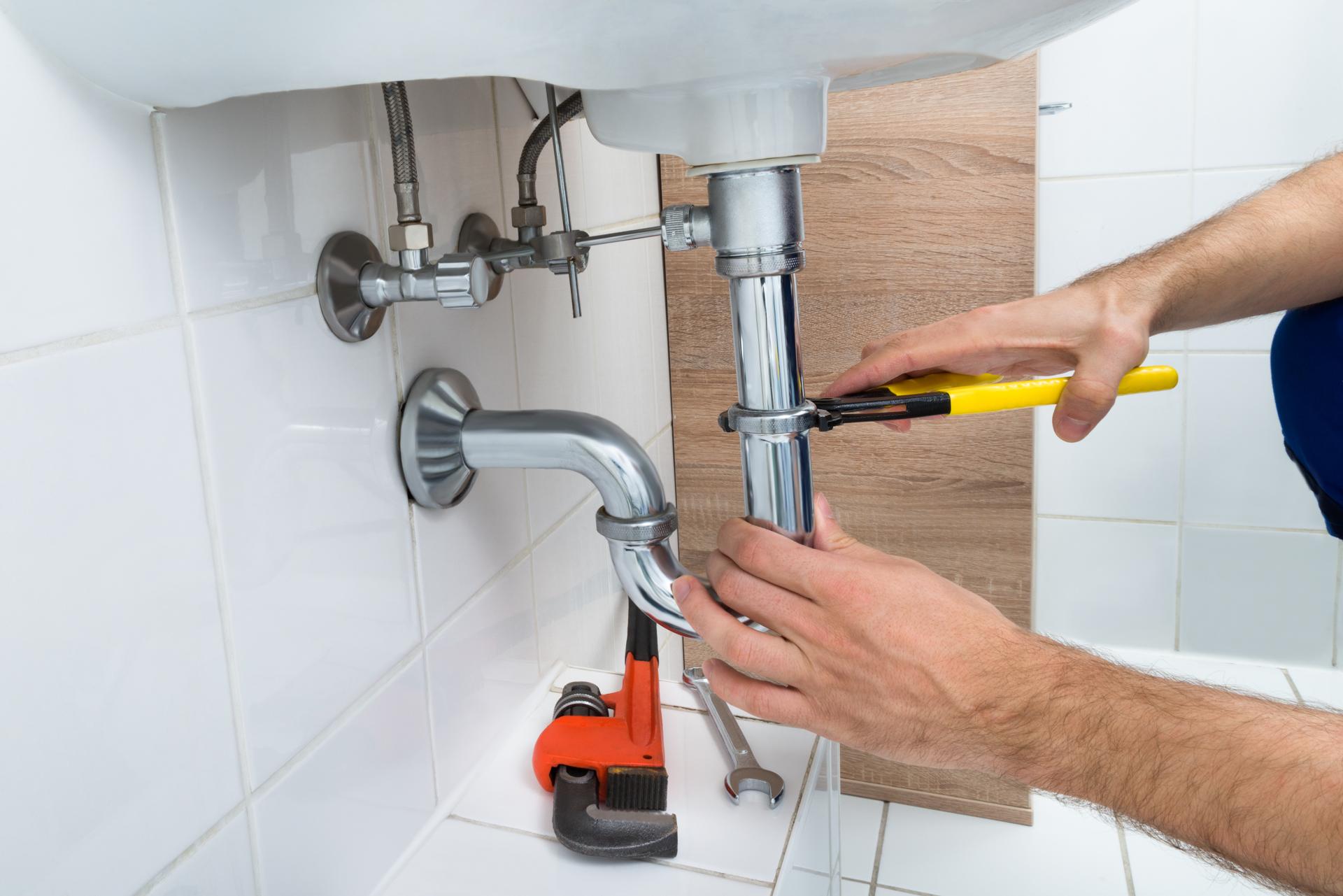Replacing Your Plumbing: What to Look Out For and What to Expect and What to Expect

Plumbing is an integral part of any house and provides us with safe water to drink, cook and cleaning, as well in the process of disposing of waste. Like any other appliance in your home plumbing is likely to wear out and require replacement.
Understanding when it’s time to change your plumbing system is essential to avoid costly repairs and avoid potential health risks. In this article, we’ll go over the signs that indicate that your plumbing requires to be replaced, what you should consider before replacing your plumbing, the procedure for replacing your plumbing as well as the benefits in replacing the plumbing and a FAQ section to answer any questions you might have.
There are signs that it’s time to upgrade your plumbing
There are many indicators that suggest your plumbing is in need of being repaired, such as leaks When you notice water spots or puddles in your house, it’s a indication of a leak in your plumbing. Leaks can cause severe structural damage to your home and lead to mold growth and it’s important to address them promptly. Rusty pipes a clear indication that your plumbing is in need of be replaced. Rust could contaminate the water you drink which makes it unfit to consume or cook with. In the event of low water pressure, if your faucets and showerheads produce weak flow of water, it’s a sign of low pressure in the water and could be due to blocked pipes or corroded pipes. Water discoloration, such as yellow or brown, is the result of sediment or rust within your pipes. It can alter the taste and quality of your water and may suggest the need for the replacement of your plumbing.
Things to consider prior to replacing the plumbing
Before you replace your plumbing there are many factors to consider, including: Age of the plumbing: Plumbing systems are designed to last around 50 years, so when your house is over that time, it’s likely time for a replacement. Cost of replacement: Replacing your plumbing can be expensive, so it is important to plan for this expense. The severity of the plumbing issue: If your plumbing issues are extensive and affecting several areas of your home replacing it could be the best option.
What can you expect during the Plumbing Replacement Process
The replacement of plumbing requires various steps, which include closing off water flow Your plumber will need to shut off the water supply to your home to prevent water damage or leaks. Removing old pipes: Old pipes will need to be removed, which could require cutting into floors or walls. Installation of new pipes New pipes will be installed, and may require rerouting in order to ensure proper water flow. The length of time for the replacement of plumbing will be based on the size of your property and the difficulty of the task. Homeowners should expect disruptions during the project, which could include water shut-offs and potential damage to walls and floors.
Benefits of Replacing Plumbing
Replacing your plumbing offers several benefits, including: Increased water efficiency Plumbing pipes and fixtures can be more effective, reducing the amount of water you use and decreasing your utility bills. Better water quality: Replacing the old pipes that are corroded with new ones will improve the quality and quality of water and make it safer for drinking and cooking. Lower risk of plumbing problems The new plumbing will be less likely to create blockages or leaks, thus reducing the requirement for costly repairs in the near future.
Conclusion
Removing your plumbing is an expensive expense, but it’s necessary for your home’s security and security. When you are aware of the signs that indicate your plumbing needs replacing, weighing the reasons for replacement, and knowing what to anticipate during the replacement process, you can make an informed decision regarding the plumbing in your home. Make sure to remember that replacing your plumbing offers several advantages, such as increased efficiency of water, better water quality, and a reduced risk of future plumbing problems.
FAQ Section
How much does it cost to replace plumbing?
The cost of replacing your plumbing will vary based on many factors, such as the dimensions of your home as well as the complexity of the project, and the materials used. In the average, homeowners will need to pay between $5,000 to $10,000 for a total house plumbing replacement.
How long will it take to change the plumbing?
The length of time needed for plumbing repair will be contingent on the size of your home and the complexity of the work. In general, a complete plumbing replacement can take between two to four weeks.
Do I need to change my plumbing system if there is a leak?
If you only have one leak in your plumbing system, it may not require a full replacement. However, if you’re experiencing a lot of leaks or detect other indications of plumbing issues, a replacement may be the best option.
Do I have the ability to replace my plumbing by myself?
Replacing your plumbing is a complex task that should be left to an experienced plumber. Doing it yourself can result in costly mistakes and potential safety hazards.
What type of pipes should I use for my plumbing replacement?
There are a variety of pipes that are suitable for plumbing replacement, including copper, PVC and PEX. Your plumber will recommend the most suitable kind of pipe based on your particular requirements and budget. To conclude, the replacement of your plumbing system is a significant choice that must be taken with care. By understanding the signs that suggest your plumbing requires replacing, weighing the various factors that can affect replacing, and knowing what to expect during the replacement process, you’ll be able to make an informed decision about the plumbing of your home. A qualified plumber can help to guide you throughout the entire process and ensure an efficient and successful plumbing replacement.
